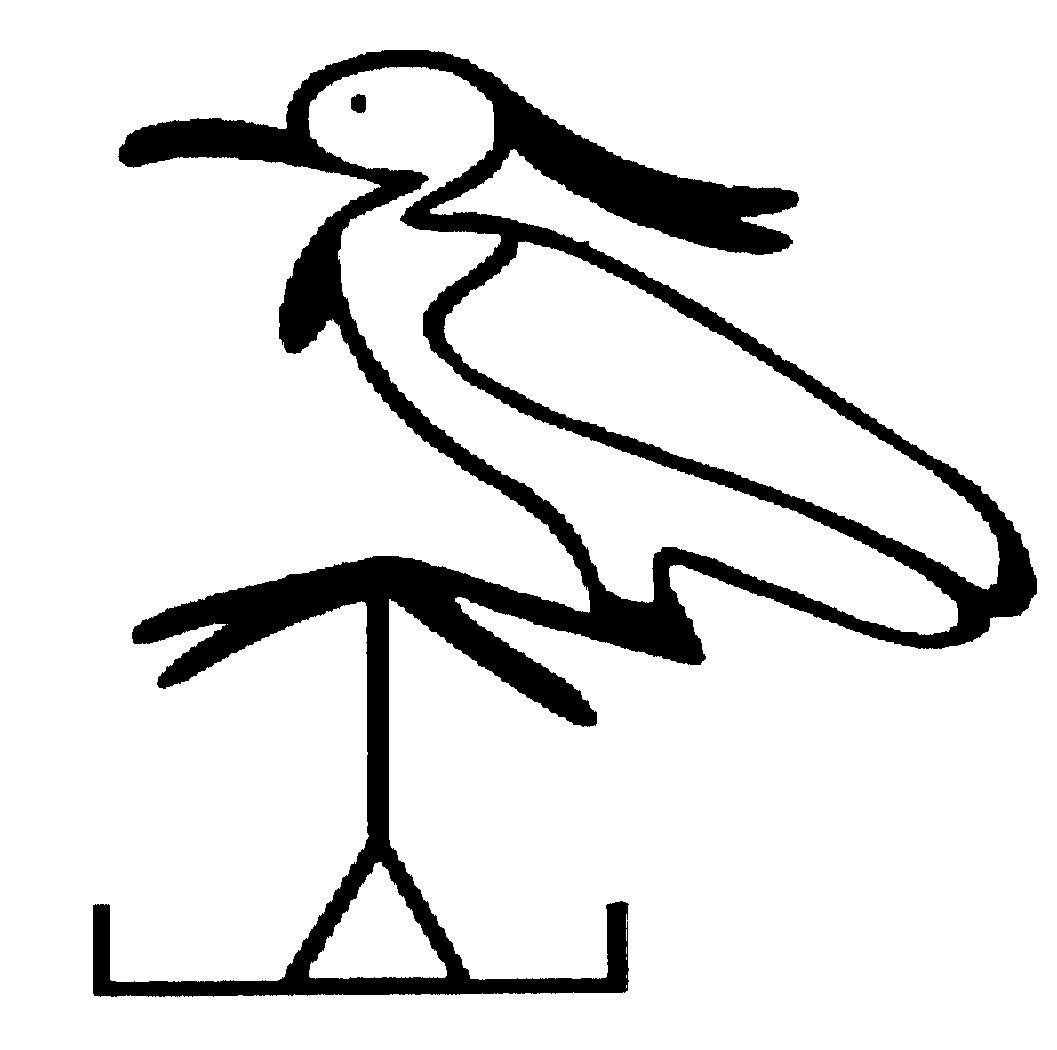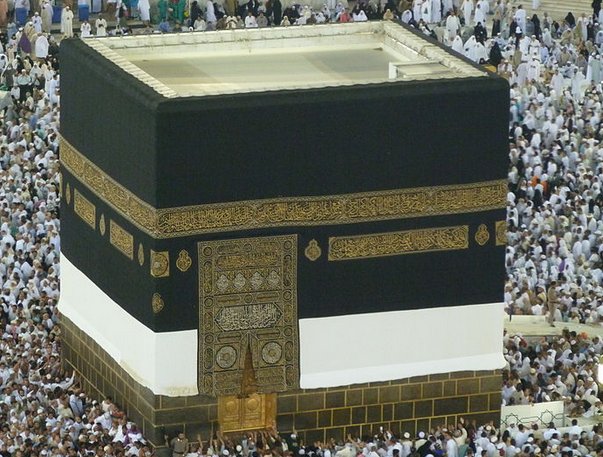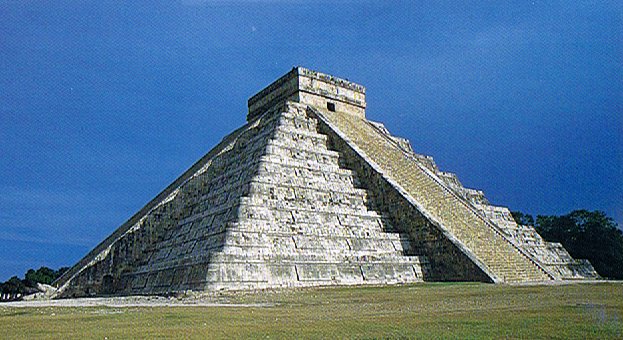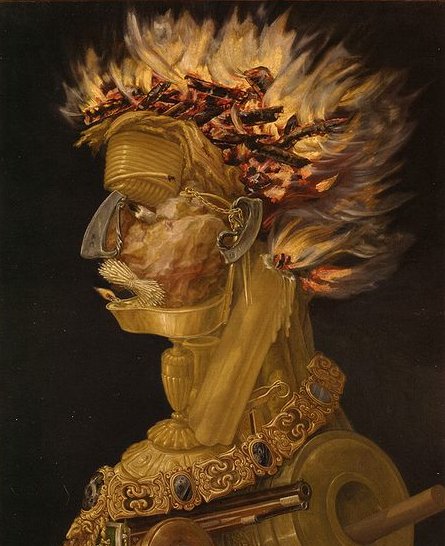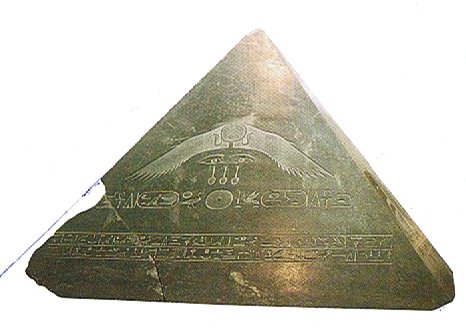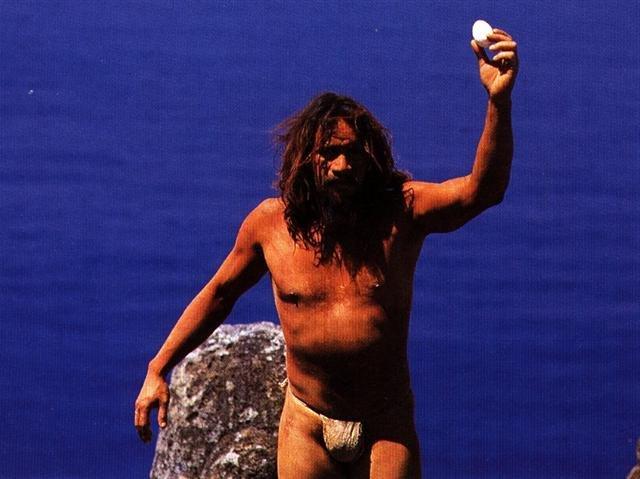When the water slowly subsided the first thing to become visible was the top of the roof. This was an important sign because it was showing that the rest of the house would soon follow up.
... Similarly to the sun the heron rose up from the primary waters, and its Egyptian name, benu, was probably derived from the word weben, to 'rise' or 'shine'. This magnificent wader was also associated with the inundations of the Nile ... ... There were 3 sieu (houses) in the deluge connected with the Precious Vase:
The house (sieu) named House was the Pegasus Square
... This ancient Square House, probably an early Sabaean temple, was built, tradition says, first in heaven; then for Adam on earth as a tabernacle of radiant clouds let down by the angels directly under its celestial site. Tabernacle, tent containing the Ark of the Covenant; canopied structure XIII; tent (gen.); dwelling-place, esp. a temporary one XIV; place of worship (not a church) XVII; - (O)F. tabernacle or L. tabernāculum tent, booth, dim. of taberna TAVERN. Tavern, house for the sale of drink ... (English Etymology) This, disappearing at his death, was replaced by one of stone and clay by the patriarch Seth, that in its turn was swept away by the Deluge. Lastly it was erected by Abraham and Ishmael to contain the Black Stone, Al Hajar al Aswad, a ruby, or jacinth, brought from heaven by Gabriel and now blackened by the pilgrims' tears, or because so often kissed by sinners; but it is generally regarded by unbelievers as a meteorite.
The Century Cyclopedia, however, describes it as an irregular oval about seven inches in diameter, composed of about a dozen smaller stones of various shapes and sizes. The Stone is set into the northeast corner of the wall, at a convenient height for kissing ... We can now understand why there should be a House (Sieu) at the top of the world, from where (at the equinoxes) a pair of liquid (watery) creatures, 'serpents' (Keyemen), would emerge in order to run down on the northern side - just like the Fishes in the Sumerian version:
... Behind me, towering almost 100 feet into the air, was a perfect ziggurat, the Temple of Kukulkan. Its four stairways had 91 steps each. Taken together with the top platform, which counted as a further step, the total was 365. This gave the number of complete days in a solar year. In addition, the geometric design and orientation of the ancient structure had been calibrated with Swiss-watch precision to achieve an objective as dramatic as it was esoteric: on the spring and autumn equinoxes, regular as clockwork, triangular patterns of light and shadow combined to create the illusion of a giant serpent undulating on the northern staircase ...
No undulating water 'serpent' was, however, visible running down in the south. The mountain was in winter and in summer was drought. ... Given that the pyramid of Khufu was a map of the northern hemisphere, then the pyramid of Khafre should be a map of the southern (female) hemisphere. One of the missions of Captain Cook had been to map where down south of the equator the not as yet known land masses were, those needed in order to give a harmonious balance between the hemispheres. But he could not succeed because there was more water down in the south than up in the north, there was an imbalance between the pair of hemispheres ...
In ancient Egypt the top of the roof had the form of the pyramidal earth itself and the capstone (Benben) seems to have been named after the Shining (Weben) Heron (Benu):
... Manu-tera, the Easter Island name for the sooty tern, means literally 'sunbird'. From this we take it as very likely, though there is no proof, that the tern would have been seen as a symbol of the sun - just as the falcon and the phoenix were symbols of the sun in ancient Egypt. The latter, the mythical Bennu bird, was associated with Heliopolis ('the City of the Sun') and with the pyramid-shaped Benben sunstone, and was famously linked to an egg: As its end approached the phoenix fashioned a nest of aromatic boughs and spices, set it on fire, and was consumed in the flames. From the pyre miraculously sprang a new phoenix, which, after embalming its father's ashes in an egg of myrrh, flew with the ashes to Heliopolis where it deposited them on the altar in the temple of the sun god Ra. The possibility cannot be ruled out that the birdman cult of Easter Island may have expressed ideas such as these. 'If one were to propose antecedents to the practice', comments the historian R. A. Jairazbhoy: the thought of the Egg of the Egyptian sun god (the cosmic egg) would have to come to mind. The Book of the Dead says that this egg was laid by Kenkenur, or 'the Great Cackler' (an alias of the phoenix), and the deceased watches and guards it. This is declared in the Chapter headed 'Having Dominion over the Water in the Underworld'. And again the journey on the reed float across the sea is reminiscent of the journey of the Egyptian sun god Ra to the horizon on reed floats ...
|
|||||||||||||||||||||||||||||||||||||||||||||||||||||||||
